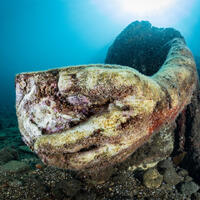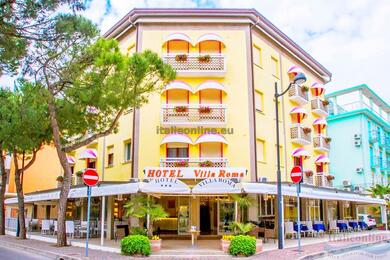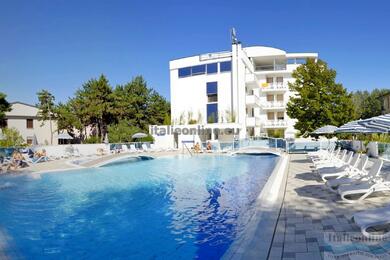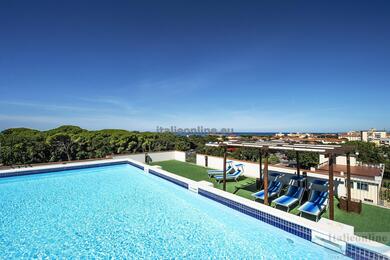The city of Pompeii attracts around 2.5 million visitors every year. It is about 23 kilometres from Naples and 242 kilometres from Rome. The city is also relatively close to the popular holiday destination of Sorrento - only about 45 minutes away by car.
Pompeii represents one of the best preserved cities of ancient Rome. After the eruption of Mount Vesuvius, the city was covered in a layer of ash, which ironically saved it from destruction. Thanks to this, today we can admire not only the buildings, but also everyday objects and frescoes that give us a detailed idea of life two thousand years ago.
What to see in Pompeii?
Forum
The Forum was the centre of public life in Pompeii. It housed several important buildings, such as the Basilica, which served as a courtroom and a place for commercial and the Temple of Jupiter, a landmark temple dedicated to the main Roman god Jupiter.
Amphitheatre
The amphitheatre at Pompeii is one of the oldest surviving in the world. It dates from 80 BC and could hold up to 20,000 spectators. It was the site of gladiatorial fights and other public performances, making it a fascinating place to understand Roman entertainment and social rituals.
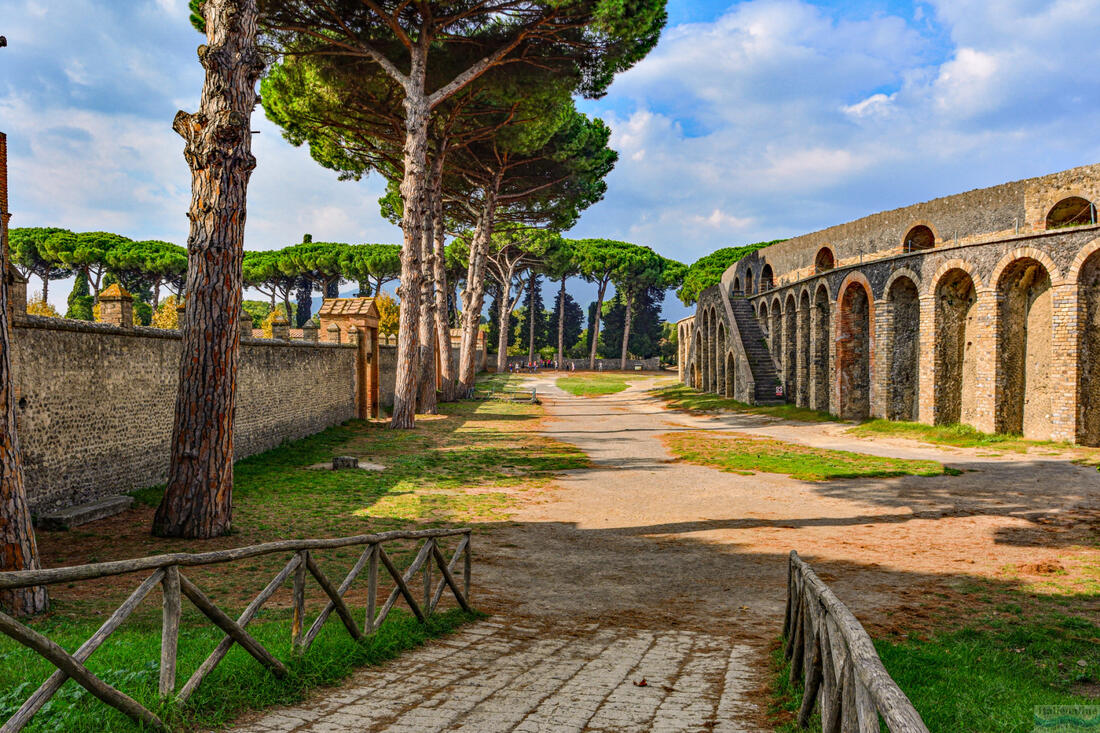
Villa dei Misteri
This villa is famous for its magnificent frescoes depicting mystery rituals. The frescoes are very well preserved and offer a deep insight into the religious practices and artistic techniques of ancient Rome.
Lupanar
The Lupanar, which was an ancient brothel, offers a unique insight into aspects of Roman social life that are not commonly highlighted. The frescoes and inscriptions on the walls depict scenes of intimate life and provide an interesting testimony to the sexual mores of the time.
Domus Vettii
The Domus Vettii is a luxurious house of wealthy merchants, known for its magnificent decoration and frescoes. The house also has a beautiful garden with fountains and statues, illustrating how the wealthy enjoyed their leisure time and the importance they placed on aesthetics and comfort.
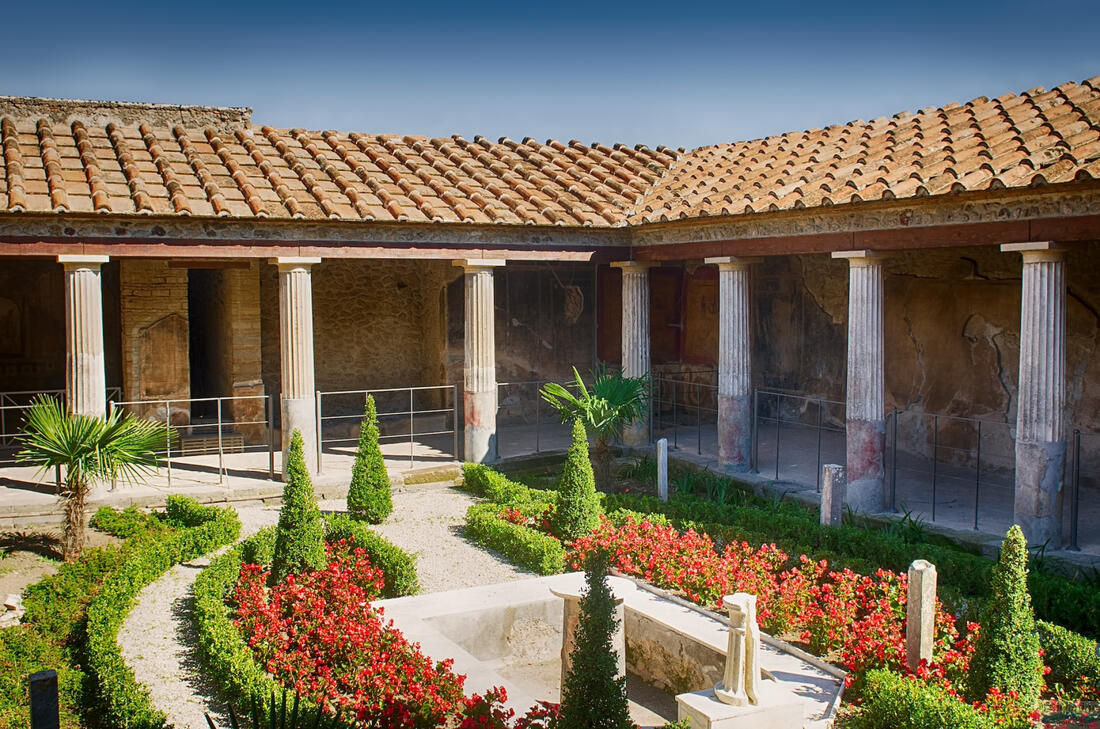
Running track (Palestra)
Pompeii had a large public gymnasium, known as the Palestra, where residents could engage in physical activities and sports. In the middle of this area there was a large pool that was used for refreshment after exercise.
Thermae (Baths)
Public baths were a key element of Roman urban life. In Pompeii you will find several bath complexes, such as the Stabian Baths or the Forum Baths, which provide a glimpse of the hygienic and social customs of the ancient Romans. The baths included different rooms with different temperatures and functional purposes, such as the tepidarium (tepid bath) and the caldarium (hot bath).
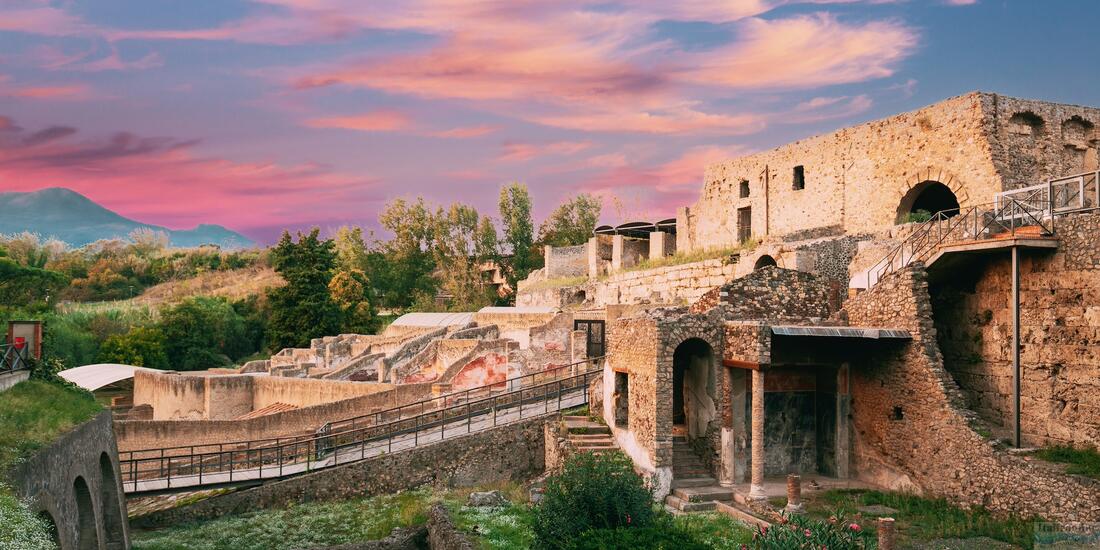
Streets and shops
Walking through the streets of Pompeii will give you a realistic impression of the layout of the ancient city. You can see rows of houses, shops, bakeries and taverns. Some of them have preserved signs and signboards that advertised goods and services.
House of the Faun
This sprawling house, named after the bronze statue of a dancing faun, is known for its beauty and rich decoration. It contains famous mosaics, including a mosaic of the Battle of Issus between Alexander the Great and Darius III.
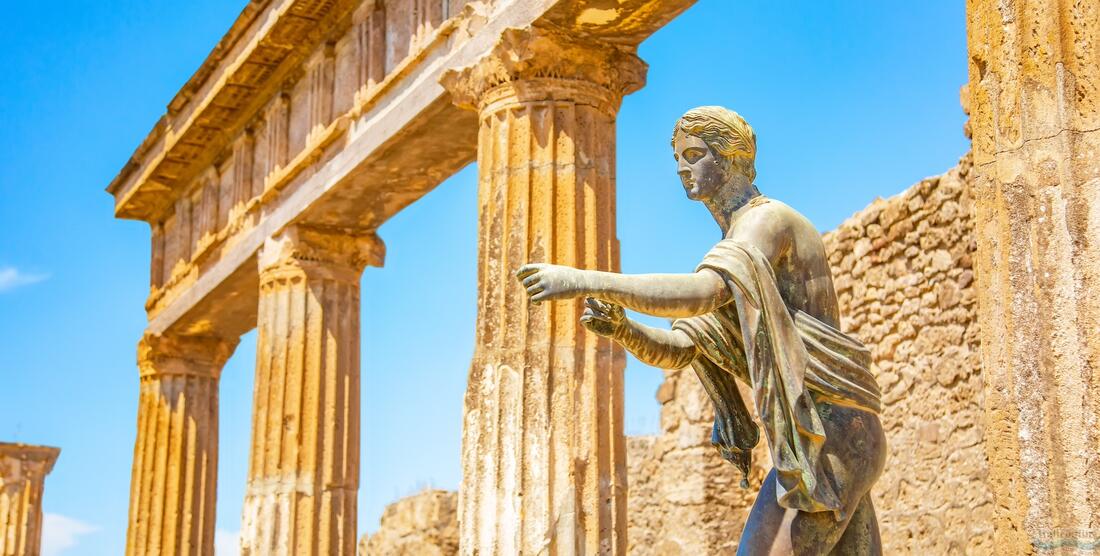
Pompeii is the perfect place for lovers of history, archaeology and art. A visit to the city will give you an in-depth knowledge of Roman civilization, its customs and daily life. You can take part in expert tours that will allow you to understand the context and significance of each monument.
Practical tips for visiting
- Early booking: Pompeii is a very popular tourist destination, so it's a good idea to book your tickets in advance!
- Comfortable shoes: the city is vast and you will be walking a lot on stone streets, so comfortable shoes are a must!
- Water and sun protection: it can get very hot in the summer months, don't forget water and sun protection!
Pompeii is not just a historical monument, but a living open-air museum that allows you to feel the atmosphere of the ancient world. It is a place that will offer you an unforgettable experience and a deep insight into the past that cannot be compared to any other place in the world.


